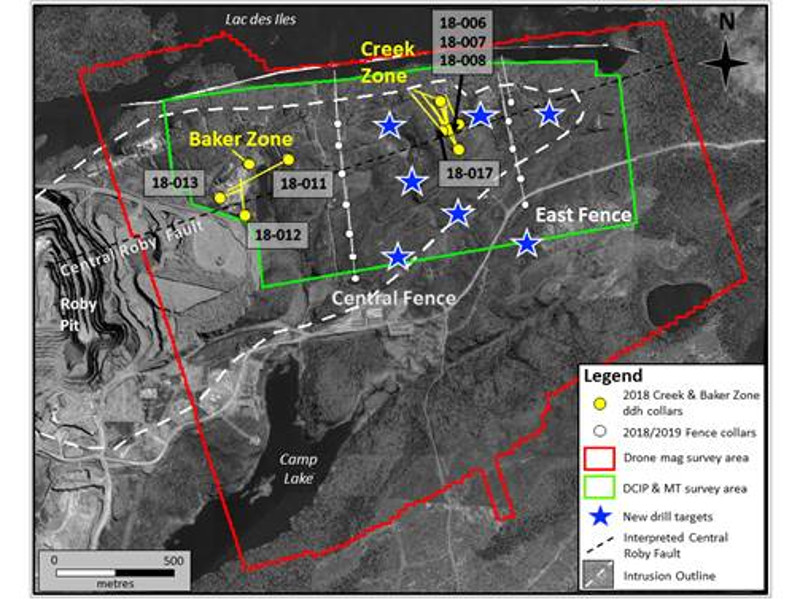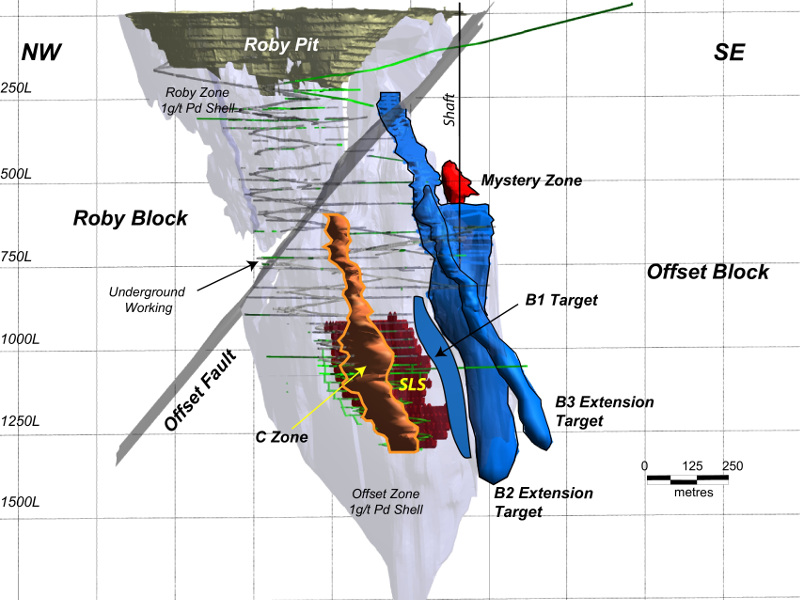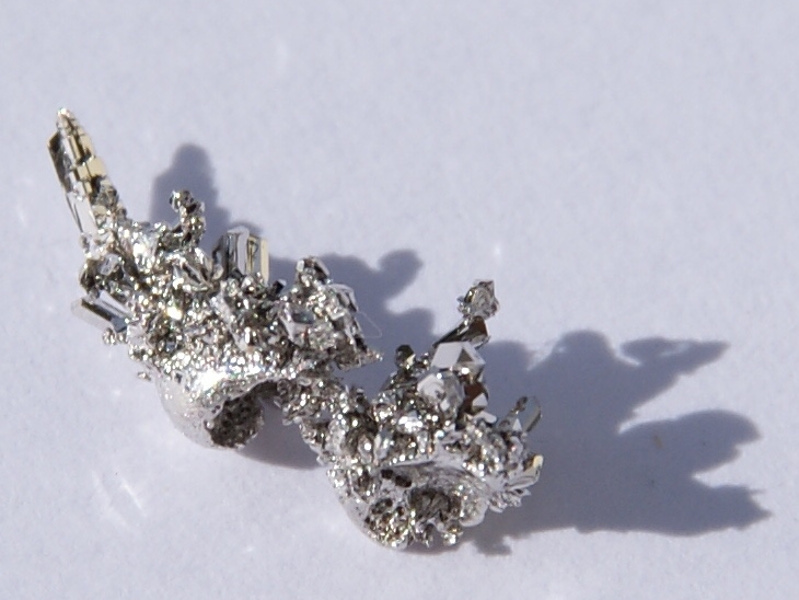Lac des Iles Mines Ltd. (LDIM), a wholly- owned subsidiary of North American Palladium, owns the Lac des Iles platinum group metals (PGM) mine located in Ontario, Canada. The mine has been operating since 1993 and uses both surface and underground mining.
A technical report prepared in 2017 on the project proposed an expansion of the mine by way of processing the mill feed from several underground and surface resources and the low-grade surface stockpile. An updated feasibility study of the project was completed in October 2018.
The current development at Lac Des Iles mine is focused on underground mining activities using bulk mining and increasing value from several near-surface resources near the Roby open-pit.
The underground project is expected to produce an average of 12,000 tonnes per day (tpd) a year until 2027. The project is estimated to require a capital cost of C$425m (£254.69m) to develop.
Project Gallery
-

The Lac des Iles mine is located in Ontario, Canada, approximately 90km north-west of Thunder Bay city. Image courtesy of North American Palladium.
-

Operating since 1993, the project is currently focussed on the expansion of underground mining. Image courtesy of North American Palladium.
-

The project is expected to recover 4.47Mtpa of ore from 2019 to 2026. Image courtesy of Stas1995.
Lac Des Iles mine location, geology, and mineralisation
The mining property is located in north-western Ontario, approximately 90km from Thunder Bay city. The property site is hosted in leases and mineral claims extending in 103.6km² (10,361ha).
The palladium deposits of the project are categorised into two principal ore bodies, namely the Roby and Offset. The property comprises mafic to ultramafic rocks belonging to the Archean LDI Intrusive Complex.
The property hosts two discrete intrusive complexes - the North LDI Complex and the South LDI Complex. The North LDI Complex hosts flat-lying, nested ultramafic bodies along with subordinate mafic rocks, while the South Complex comprises the former Mine block, South LDI, and Camp Lake intrusions.
Platinum group elements (PGE) and Au mineralisation in the South LDI Complex is commonly associated with 1% to 2% of fine to medium-grained, disseminated iron-copper-nickel sulphides. Majority of the known PGE-rich sulphide mineralisation consists of approximately 50% pyrrhotite, 25% pentlandite, and 25% chalcopyrite.
Lac Des Iles mine reserves
As of October 2018, the proven and probable mineral reserves at Lac Des Iles were estimated at 40.88Mt grading 2.31g/t Pd, 0.209g/t Pt, 0.174g/t Au, 0.06% Cu, and 0.07% Ni. The mine is expected to contain 3.03Moz of palladium.
Mining method at Lac Des Iles mine
Sub-level shrinkage (SLS) mining method will be used for the bulk of the lower offset central zone as part of the expansion project. Open-hole stoping (OHS) method will be continued around the periphery of the SLS, for efficient pillar recovery.
Ore production is scheduled to be started in January 2020, with approximately 4.47Mtpa anticipated to be recovered from both underground and surface sources.
The use of hybrid blast hole/caving method will be continued at the Roby SW wall and floor zone, in addition to sub-level caving (SLC) to extract the lower-grade material left from the footwall side of the historic Roby stopes.
A new South Ramp will be developed by the end of 2020, to replace the compromised existing ramp.
Ore processing
The existing processing plant at Lac Des Iles mill has a capacity of 4.47Mtpa. The run-of-mine (ROM) ore feed is crushed prior to milling in a gyratory crusher with the discharge conveyed to a live stockpile. The ore undergoes secondary crushing by a cone crusher to produce a finer feed for the grinding circuit.
The grinding circuit consists of a semi-autogenous grinding (SAG) mill, ball mill, and pebble crusher. The resultant material from the grinding circuit passes to a collection tank feeding two flotation lines, each with a rougher flotation cell.
The concentrate from the rougher flotation cells is sent to rougher column cleaner cells, which consist of two main divisions for rougher cleaning (column cells A, B, and C) and the scavenger cleaning. Rougher concentrate from the cell C is cleaned once to produce final concentrate, with tailings of the two columns reported to the scavenger cleaner circuit.
Final concentrate streams are pumped to a 17m-high-rate concentrate thickener, the underflow of which is pumped to a storage tank prior to filtration. Two pressure filters reduce the concentrate moisture to 10% for shipping to the smelter through trucks.
Infrastructure at Lac Des Iles mine
The site is accessed through a gravel access road from Provincial Highway 527. Hydro One is currently supplying 47MW of electrical power to the mine, which is forwarded to three main substations on the site through an 115kV line.
Workers are currently accommodated at a 559-person accommodation camp, while a separate 50-person separate construction camp also exists.
A potable water treatment plant is located near the camp facility, while fresh water is pumped from the Lac Des Isle Lake through a pump house.
Contractors involved
SRK prepared the ventilation simulation modelling and associated designs of the Lac des Iles mine, as part of the feasibility study report.
